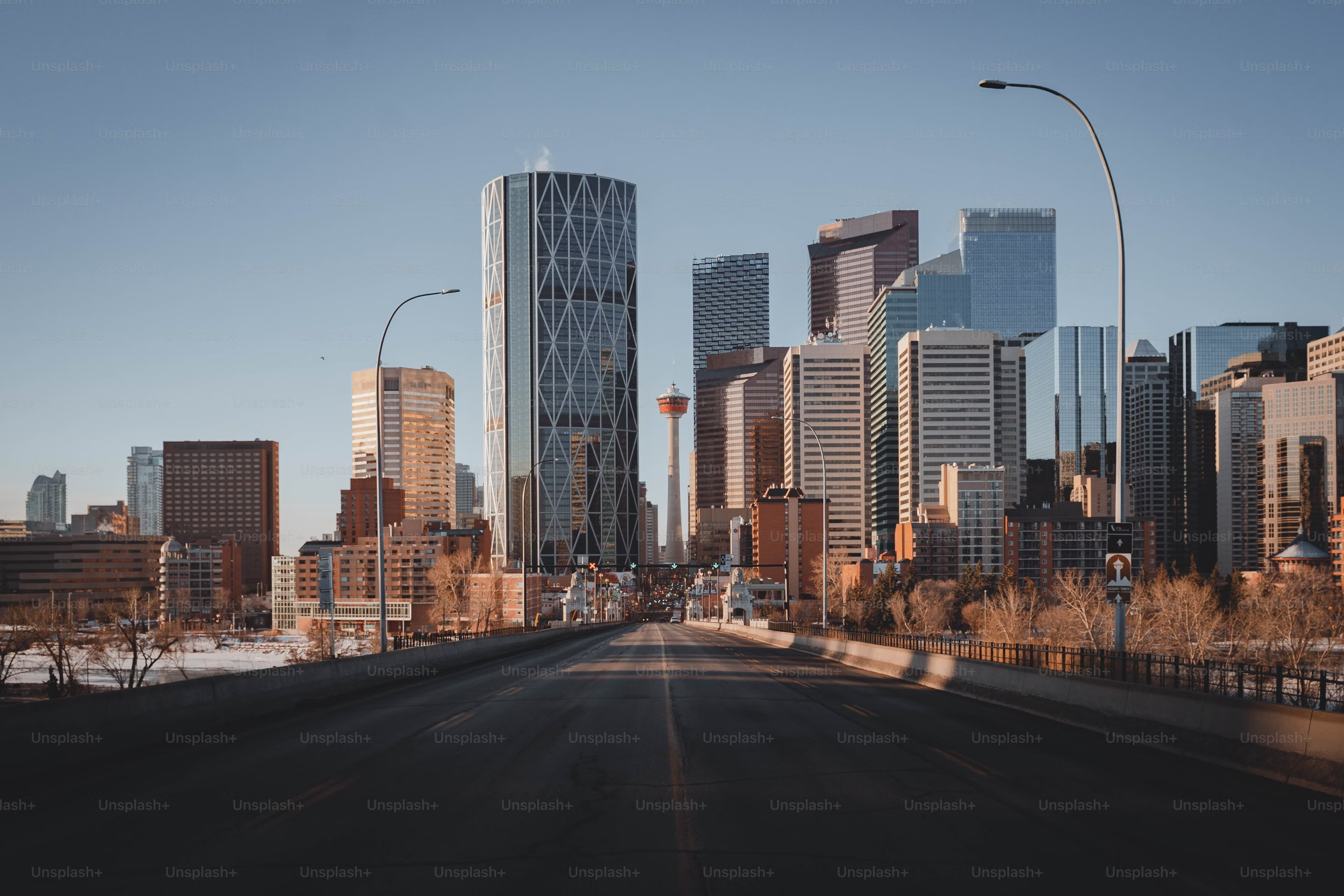If you are planning to become a homeowner in Canada there are several steps and milestones you should follow. Being acquainted with down payments and mortgage insurance is inevitable for succeeding in this process. These components are crucial in understanding how much home a buyer can afford and in shaping the terms and flexibility of mortgage options available to them.
Since we’ve already discussed residential mortgages now let’s understand down payment and mortgage insurance, and have a clear roadmap for future homebuyers across Canada. We will delve into the details of down payments, the intricacies of mortgage insurance, and the assistance programs designed to make the dream of homeownership more attainable for Canadian citizens.
Canadian Down Payment Requirements
In Canada, the pathway to homeownership is significantly shaped by the initial financial commitment made through the down payment. This upfront payment is a portion of the home’s purchase price paid by the buyer, which directly impacts the mortgage amount needed. The Canadian housing market employs a structured approach to down payments, tailoring the requirements based on the value of the property being purchased to balance accessibility for buyers with the financial security concerns of lenders.
For properties with a purchase price of $500,000 or less, buyers are required to make a minimum down payment of 5%. This relatively low threshold is intended to make homeownership more attainable for a broader segment of Canadians, particularly first-time homebuyers or those with limited savings. The 5% minimum ensures that buyers have a stake in their investment from the outset, aligning their interests with those of the mortgage lender.
As the property value increases, so does the complexity of the down payment structure. For homes priced between $500,000 and $999,999, the down payment requirement is bifurcated: 5% of the first $500,000 of the purchase price, and 10% on the portion of the price above $500,000 up to $999,999. This graduated approach is reflective of the Canadian government’s effort to maintain housing affordability while also mitigating the risk of borrower default on more expensive properties. By requiring a higher down payment percentage on the portion of the purchase price above $500,000, lenders are better protected against the increased risk associated with larger loan amounts.
For luxury properties or those valued at over $1 million, the down payment requirement escalates to 20% of the entire purchase price. This significant increase is predicated on the rationale that higher-value properties entail greater financial risk for lenders. A 20% down payment minimizes the lender’s exposure by ensuring that the buyer has substantial equity in the property from the start. This equity serves as a buffer against fluctuations in the housing market, protecting both the lender and borrower from the potential downturns that can affect property values.
This tiered down payment structure is a critical component of Canada’s housing finance system, designed to ensure that buyers are financially invested in their homes, thereby reducing the likelihood of default. At the same time, it helps manage the risk lenders face, making the mortgage lending market more stable and sustainable. By requiring larger down payments for more expensive properties, the system also acts as a check against overheating in the real estate market, ensuring that buyers do not overextend themselves financially on high-value properties without the necessary financial grounding.
Down Payment Assistance in Toronto and Beyond
For those looking to buy their first home in Toronto, the city has implemented several down payment assistance programs aimed at reducing the financial burden on first-time homebuyers. These initiatives provide eligible buyers with forgivable loans or grants that do not require repayment until the home is sold or transferred. This financial support can make a significant difference in affordability, opening the door to homeownership for many who might otherwise find it out of reach due to the initial costs involved.
Beyond Toronto, many provinces and municipalities across Canada offer their own versions of down payment assistance programs to support first-time homebuyers. These programs vary widely in terms of eligibility criteria, benefits offered, and repayment conditions. They can include forgivable loans, grants, and shared equity options, each designed to facilitate access to homeownership across different regions and demographics.
Mortgage Down Payment Options
Prospective homeowners in Canada are not limited to traditional savings when accumulating their down payment. The Home Buyers’ Plan (HBP) allows individuals to withdraw funds from their RRSPs to contribute towards their down payment, with the advantage of not having to pay tax on the withdrawal if repaid within a specific timeframe. Additionally, gifts from immediate family members can also be used towards a down payment, providing flexibility in meeting down payment requirements without the need for extensive savings.
Low Down Payment Mortgages
The availability of low down payment mortgages in Canada allows individuals to enter the housing market sooner than they might otherwise be able to, by reducing the initial amount required to purchase a home. While this can make homeownership more accessible, buyers need to consider the long-term implications, including higher overall mortgage costs due to the added insurance premiums required for down payments below 20%.
Mortgage Insurance in Canada
Mortgage insurance in Canada serves as a protective measure for lenders, guarding against the potential default of borrowers. It is a mandatory requirement for buyers who can afford less than a 20% down payment on their home purchase. The cost of this insurance can be a significant addition to a homeowner’s financial obligations, calculated as a percentage of the mortgage amount and varying based on the down payment’s size. It’s designed to make homeownership more accessible by allowing buyers to enter the market with smaller down payments, although it adds to the monthly mortgage payment.
Strategies to Avoid Mortgage Insurance
One of the most effective strategies to avoid the additional cost of mortgage insurance is to save for a larger down payment, ideally 20% or more of the home’s purchase price. This requires discipline and planning but can save homeowners thousands of dollars over the life of their mortgage.
Other strategies include considering various lender incentives or special programs that may offer more favourable terms to buyers who wish to avoid mortgage insurance.
Private Mortgage Insurance (PMI) in Canada
Private Mortgage Insurance (PMI) represents an alternative to traditional government-backed mortgage insurance programs in Canada, such as those offered by the Canada Mortgage and Housing Corporation (CMHC). PMI is provided by private insurance companies and offers protection to lenders against loan default. This option can be appealing to lenders who seek additional security and may offer different terms and conditions compared to government-backed options.
FAQ Section
- How much down payment to avoid mortgage insurance in Canada?
A down payment of 20% or more is required to bypass the need for mortgage insurance, providing significant savings over the life of the mortgage. - What does mortgage insurance cover in Canada?
Mortgage insurance covers the lender, not the borrower, in the event of a loan default, ensuring that lenders are protected against financial loss. - How much mortgage can I get with a $70,000 salary in Canada?
While the amount varies, lenders typically use a guideline that your monthly housing costs should not exceed 32% of your gross monthly income, factoring in both the mortgage payment and other housing-related expenses. - Can you get a mortgage without a down payment in Canada?
The era of zero-down payment mortgages in Canada has ended, with current regulations requiring a minimum down payment of 5%.



